Smite is a free-to-play multiplayer online battle arena (MOBA) game that pits gods from different pantheons against each other in a five-vs-five contest.
Available on Xbox, Playstation, and PC, Smite brings a twist to the popular MOBA genre with its over-the-shoulder third-person perspective instead of a more top-down view.
Smite offers six different modes for people to play in, ranging from a traditional three-lane experience to quicker, more combat-focused modes. Conquest, Arena, Clash, Joust, Assault, and Siege are the permanent game modes in Smite and are accompanied by a rotating set of alternative event game modes.
Here is every game mode available in Smite and how they work.
Conquest
Conquest is a traditional MOBA experience. The mode is played on a three-lane map with a jungle where the goal is to destroy the enemy’s base, which is a powerful Titan.
Each lane has two towers and a Phoenix that protect the Titan. A Titan can not be attacked until the two towers and Phoenix in a lane are destroyed. Between each lane is the jungle that contains different jungle caps providing buffs, gold, and experience.
There are several major objectives teams will fight over during the course of a Conquest map. Fire Giant, Furys, and Greater Scorpion are jungle camps that teams will contest because of the substantial rewards obtained by killing them.
Arena
Next to Conquest, Arena is one of the most popular modes in Smite. This deathmatch mode is played in a circular map with several jungle camps on each side that give mana, attack speed, and damage buffs. Each team has a base and a portal in which minions spawn.
Each team starts with 500 tickets and the goal is to reduce the enemy down to zero tickets. This is done by killing opposing players and minions. Each player kill deducts five tickets. Each minion kill counts for one ticket up until the enemy is down to only 10 tickets.
Minions spawn on either side and march their way to the enemy portal. If a minion reaches the enemy portal it deducts one ticket. A minotaur siege minion will spawn each time a team earns 10 kills and will deduct 15 tickets if it reaches the enemy portal.
Leveling and gold earnings are accelerated in Arena.
Clash
For players looking for a Conquest experience on a smaller scale, Clash is a solid option. Clash is played on a two-lane map with a jungle in between. The goal of Clash, the same as Conquest, is to destroy the enemy Titan. The Titan is defended by two Phoenixes.
The jungle is smaller compared to Conquest and contains a unique jungle monster Apophis. Defeating Apophis earns the team 100 to 150 gold, 50 to 100 experience, and grants a buff that restores health and mana every second.
Joust
Joust takes place on a single-lane map with the objective of destroying the enemy Titan that’s protected by one tower and one Phoenix. This mode pits two teams of three against each other. The smaller scale means that full-team skirmishes break out more often than the other Conquest-style modes.
The Joust map has a small side jungle with a unique monster, the Bull Demon King. Defeating this monster earns the team substantial health and mana regeneration. The buff also disables the first defending enemy structure for 90 seconds.
Assault
Two teams of five battle in Assault on a one-lane map with no jungle. To win the game, a team must destroy the enemy’s Titan that’s protected by a tower and a Phoenix.
Assault starts by randomly selecting each player’s god among the ones they have unlocked. These randomly generated teams are thrown into the game. Experience points are gained at an accelerated rate and returning to base is disabled. The only way to purchase items is to die and respawn back at base.
Siege
Siege is the only mode in Smite that uses four-person teams. Two teams of four battle on a two-lane map with a jungle in between. The mode is a mix between Conquest and Arena. The goal is to destroy the enemy’s Titan that’s protected by two towers and a Phoenix in each lane.
Siege uses the ticket system. At 100 tickets a friendly Siege Juggernaut will spawn. These powerful minions help a team push further into the enemy’s base.
Teams earn tickets by killing Gods, camps, and minions. Each minion kill rewards one ticket. Clearing a jungle camp or killing an enemy God rewards five tickets.
Aside from the Juggernauts, Siege has a unique portal mechanic. Each base has a portal that is available when that team controls a Juggernaut. Entering the portal transports the player to the friendly Juggernaut. This is a way to continue the assault and get back into the fight quickly after respawning.


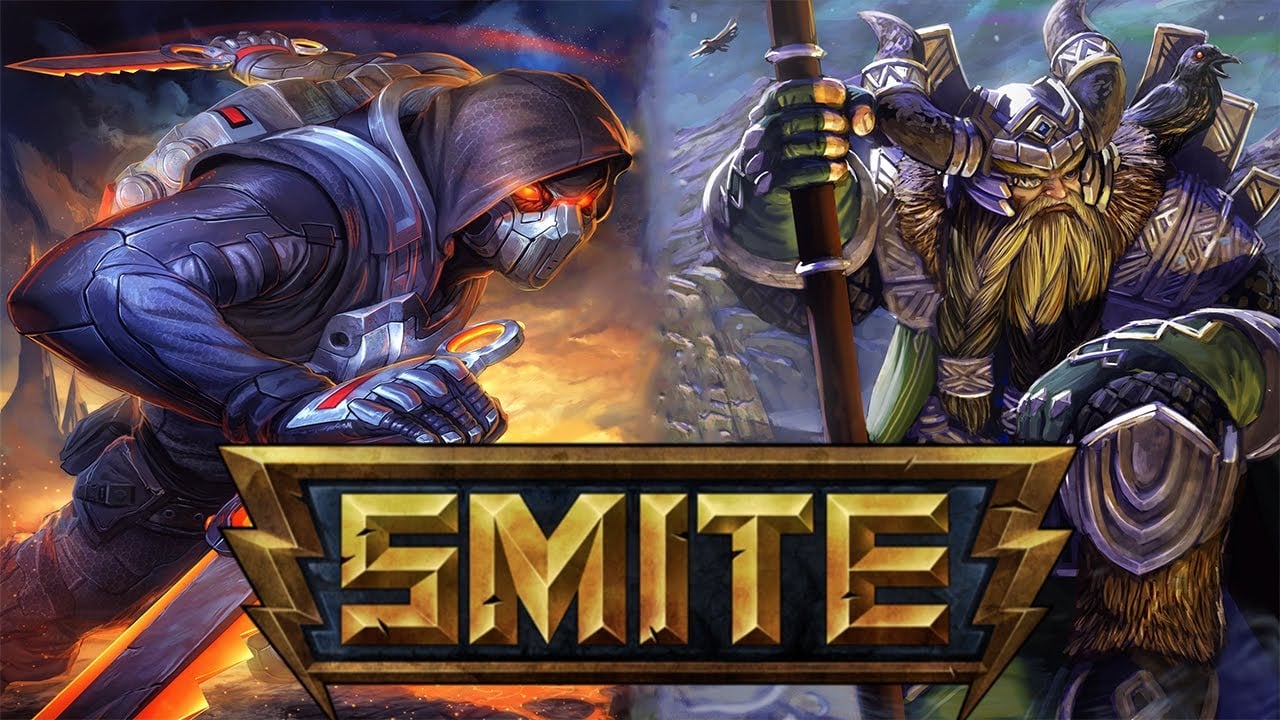

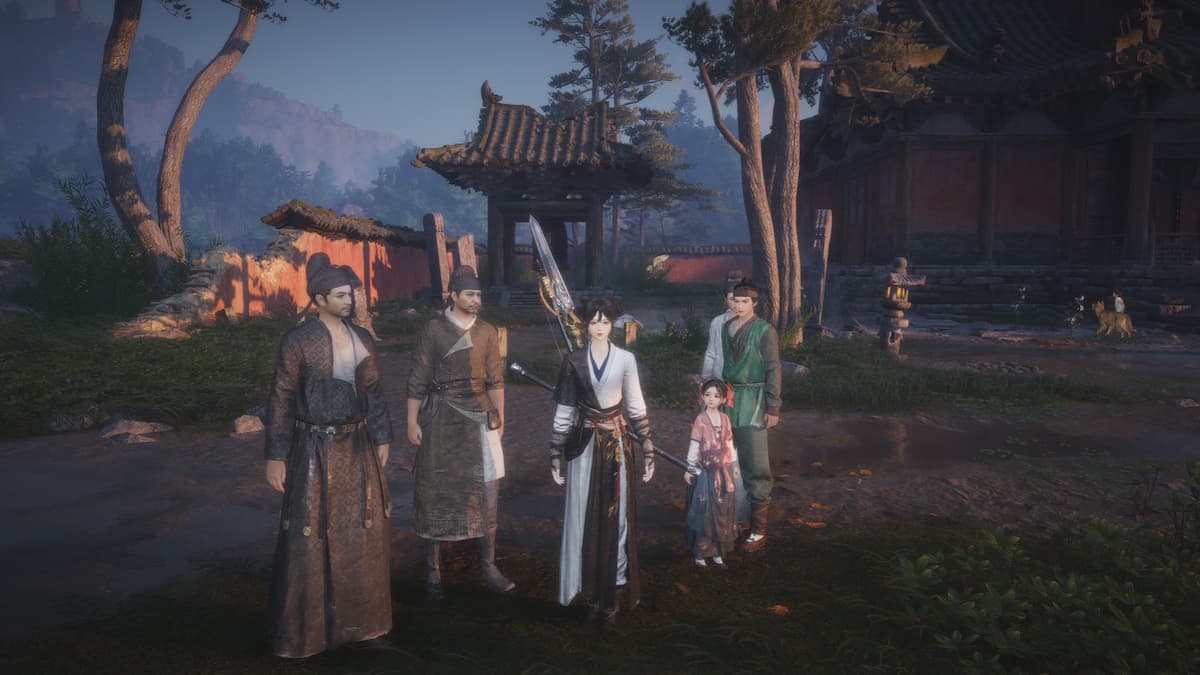

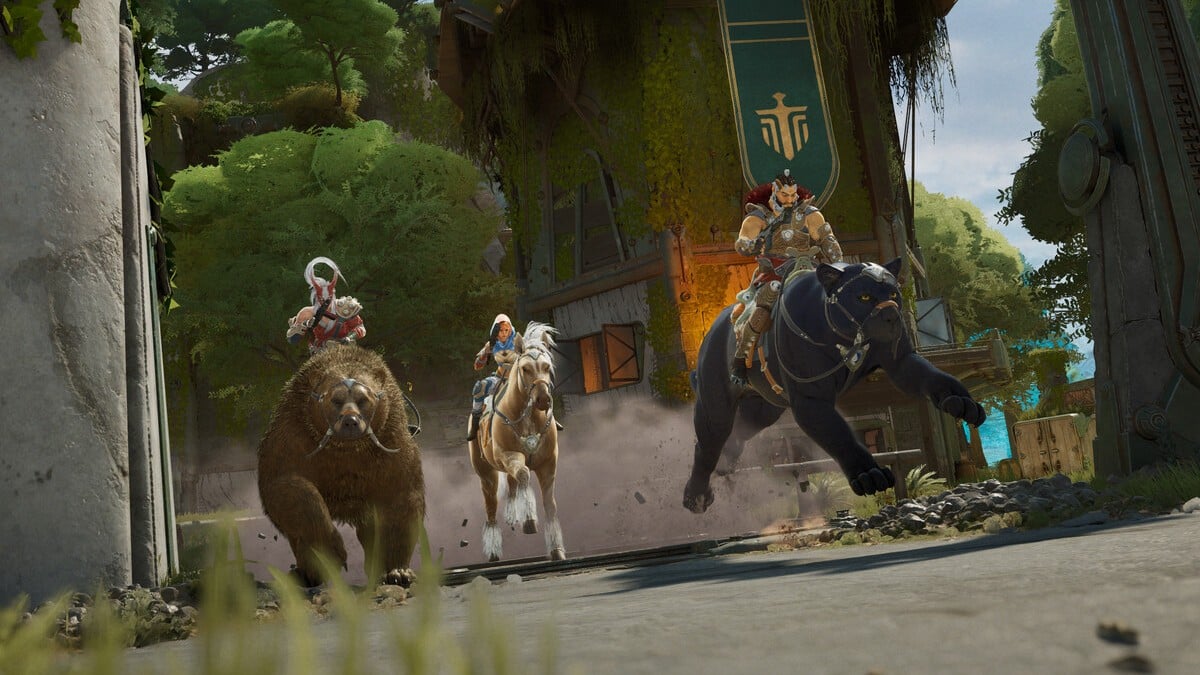
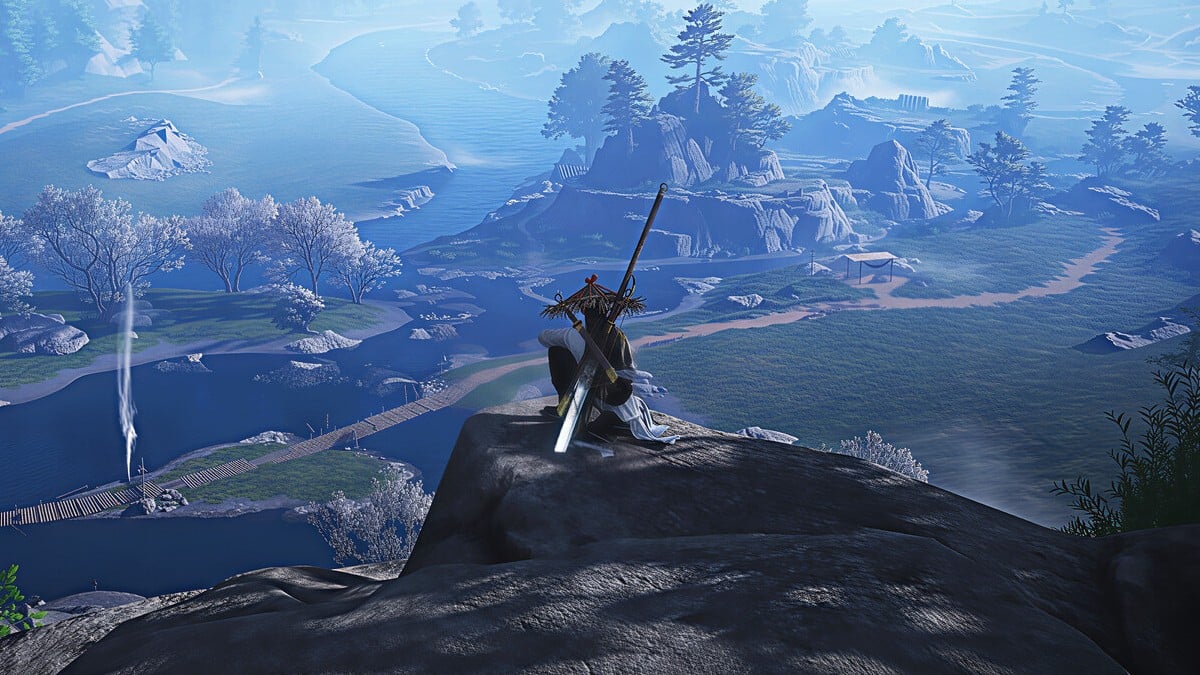
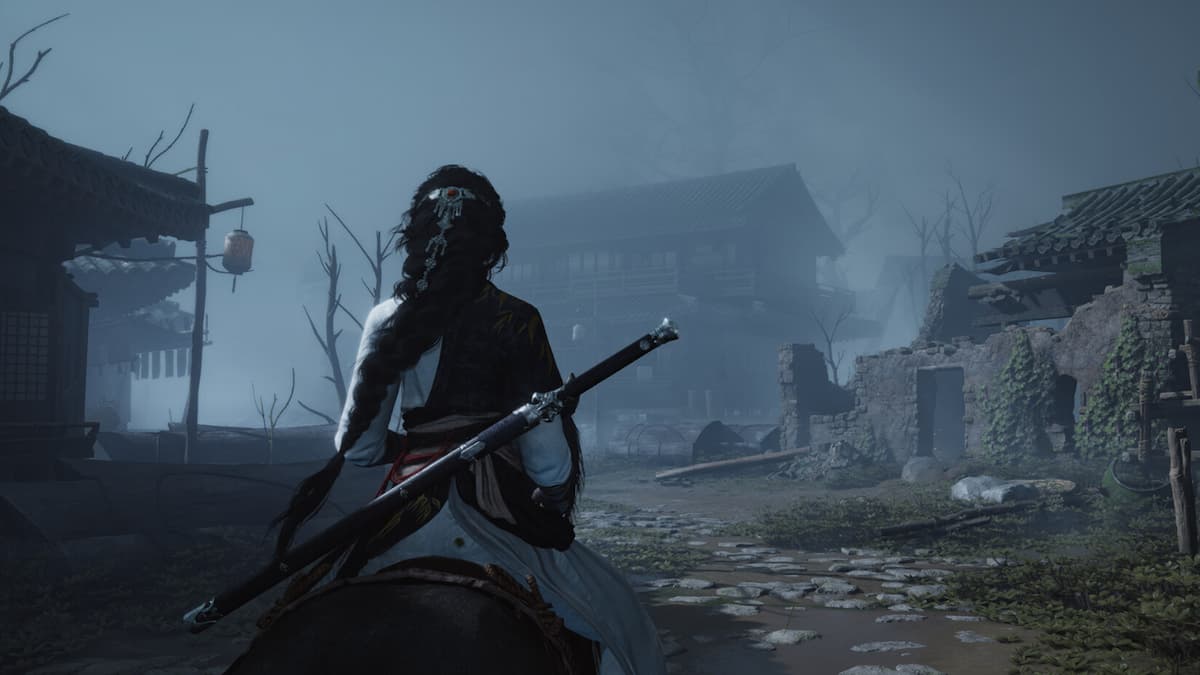

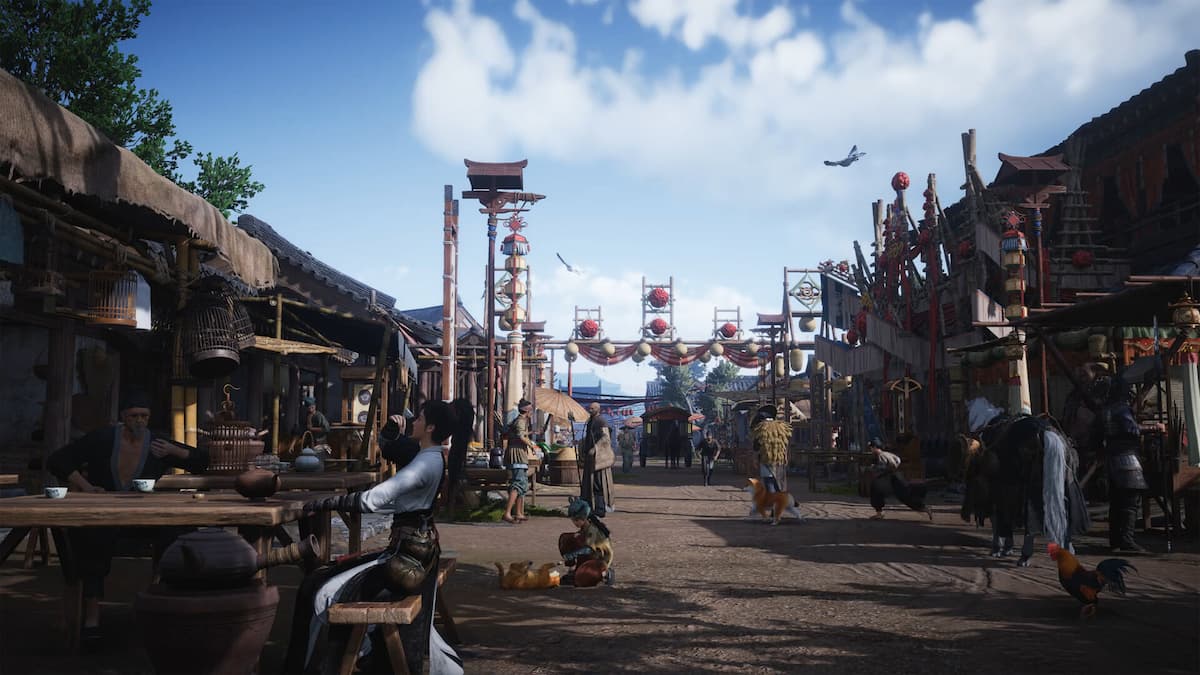
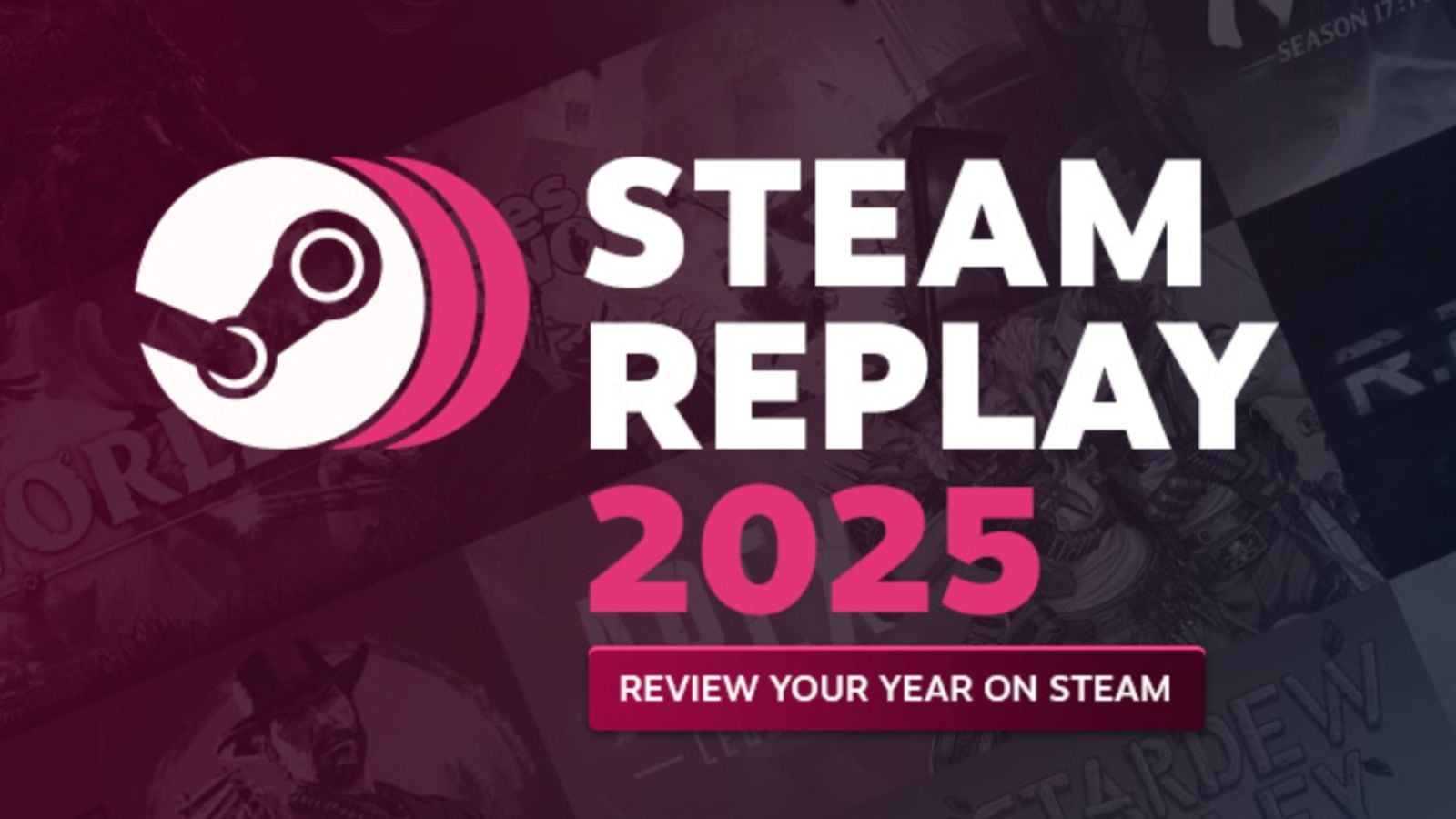

Published: Nov 30, 2021 11:07 am